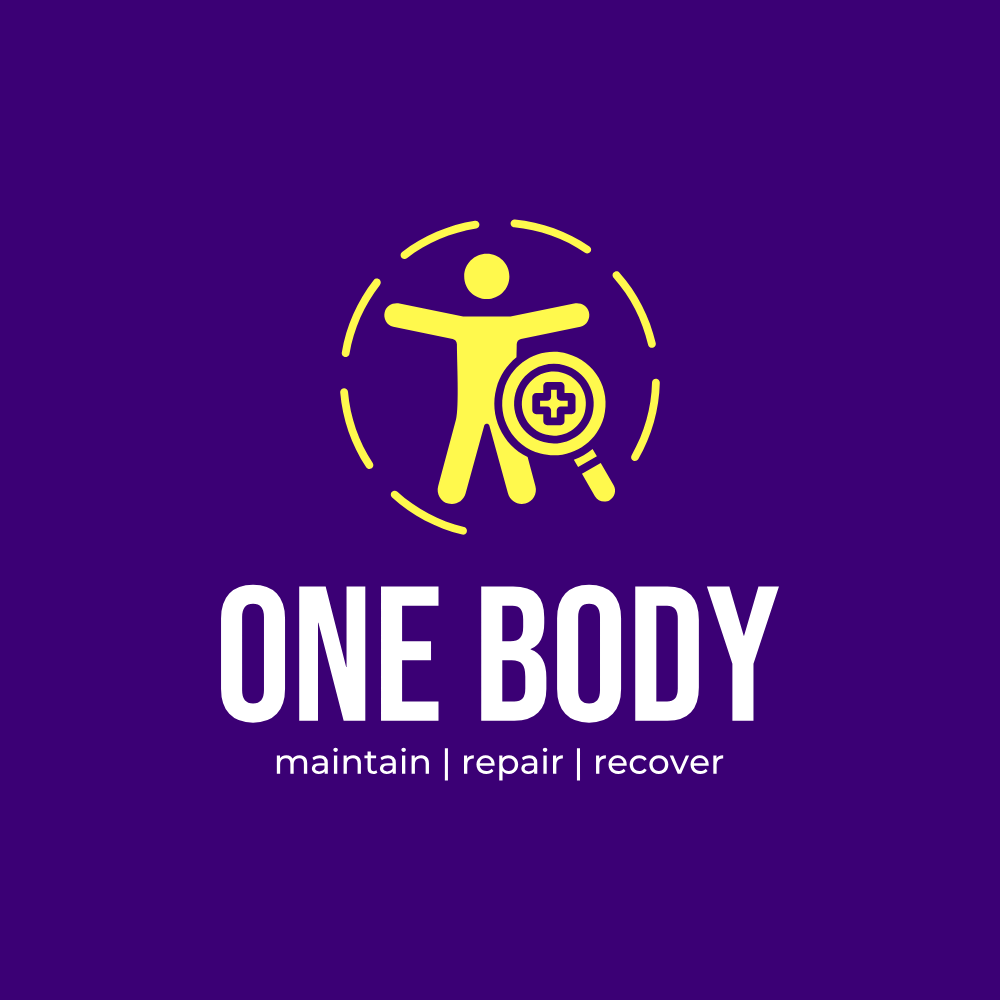The Hip: The Body’s Base & the Root of Pain
By One Body | Helping You Move Better, Feel Stronger & Live Pain-Free
When people come to me with neck pain, shoulder pain, or even foot issues, the conversation often starts at the area of discomfort — but time and time again, treatment leads us back to one foundational truth:
It all comes down to the hips.
The hips are the base of the body — the central point where movement, alignment, and posture are coordinated. If this base is off, even slightly, it creates a ripple effect throughout the entire musculoskeletal system.
Function: Walking, sitting, rotating, bending
Common Issues: Tight hip flexors and glutes, reduced mobility from sitting
Key Movements:
Low lunge (hip flexor release)
Seated/reclined figure 4 stretch
Hip circles or “open the gate” movements
Pigeon pose (or modified on back)
Butterfly stretch (hip external rotation)
💥 Why So Many People Have Hip-Related Pain (Even If It Doesn’t Start There)
After years of treating clients, I’ve noticed that modern living is one of the biggest contributors to poor hip health. Whether you’re sitting for long periods at work, standing for hours, or recovering from old injuries — your posture, muscle balance, and overall mobility suffer.
Common contributing factors:
Sedentary lifestyle or lack of regular walking/movement
Past injuries that weren’t fully rehabilitated
Overuse or misuse due to repetitive work or activity
Poor footwear or foot orthotics causing imbalance
Not stretching or strengthening key muscle groups
Ignoring small "niggles" that eventually build into chronic pain
🧠 Common Causes of Hip Pain
Hip pain doesn’t just appear overnight — it builds over time. These are the most common underlying causes I see in clinic:
🔸 Muscular Imbalances – Weak hamstrings, tight glutes, dominant quads
🔸 Sacroiliac Joint Stiffness – Affects the way your pelvis moves and loads the lower spine
🔸 Postural Dysfunction – Especially from forward head posture or thoracic spine stiffness
🔸 Altered Gait Patterns – Caused by pain, injury compensation, or foot mechanics
🔸 Weak Core Stability – Leading to overuse of the hips and lower back for movement control
🔸 Occupational Demands – Sitting or standing for too long with poor posture
🔄 How Other Joints Affect the Hips (and Vice Versa)
Your body moves as a kinetic chain — so when one link is off, others compensate.
Above the Hips:
Stiffness in the thoracic spine can change how the pelvis moves and how the lumbar spine functions.
Poor posture and slouched shoulders can shift your centre of gravity, causing extra strain on the hips.
Below the Hips:
Foot and ankle issues (like collapsed arches or leg length differences) can result in imbalances and abnormal gait patterns.
Knee pain or past injuries often create avoidance behaviours that overload one hip more than the other.
⚠️ What I See Most in Clients
In day-to-day practice, these are the most common patterns of dysfunction I come across:
✔️ Tight gluteals and hamstrings
✔️ SI Joint stiffness (Sacroiliac dysfunction)
✔️ Hamstring weakness due to quad dominance
✔️ Upper back (thoracic) immobility → leading to compensations lower down
✔️ Postural asymmetries from lifestyle, habits, and untreated injuries
✅ Final Thought: Listen to Your Hips
If you’re experiencing recurring pain — even in your shoulders, neck, or feet — don’t rule out your hips. They are your body’s powerhouse and need regular attention.
Whether it’s through movement therapy, mobility work, or hands-on treatment, investing in your hips is investing in your long-term wellbeing.
🧠 Need help with hip pain or want a full-body assessment?
📅 Book a consultation with One Body today and let’s build a plan to restore balance from the base up.

